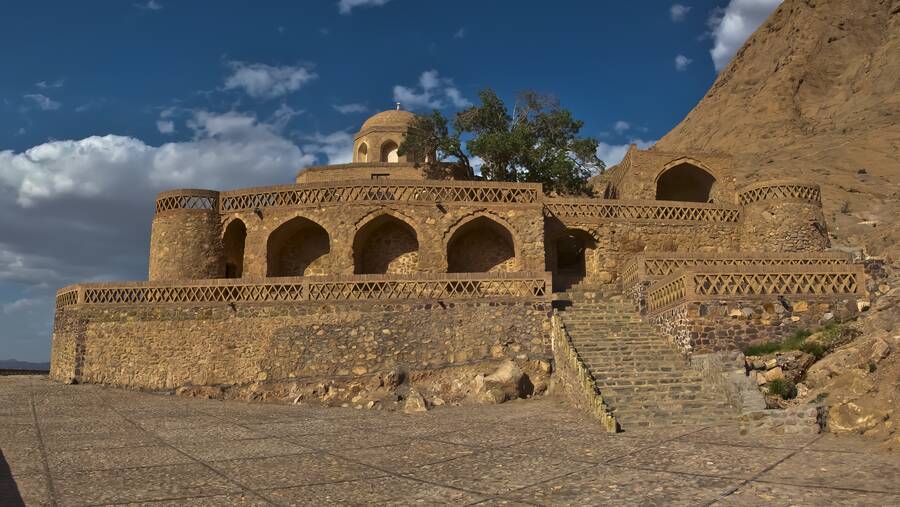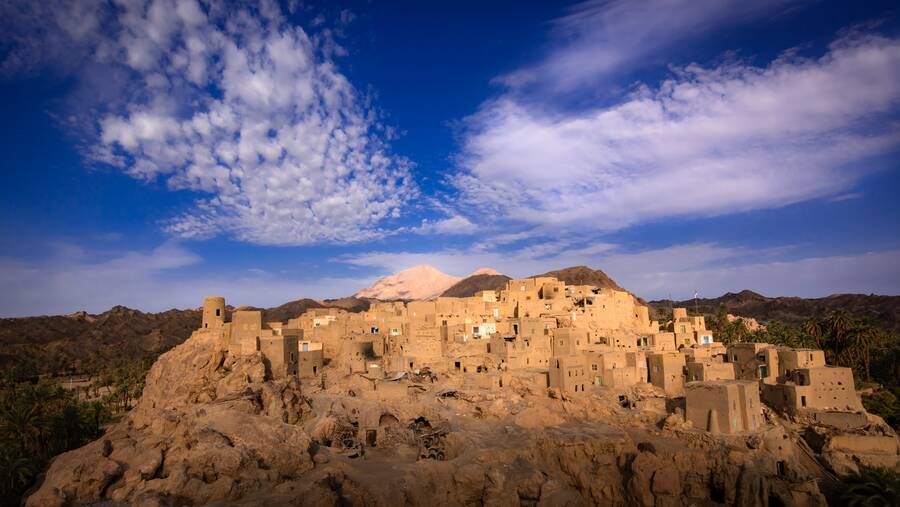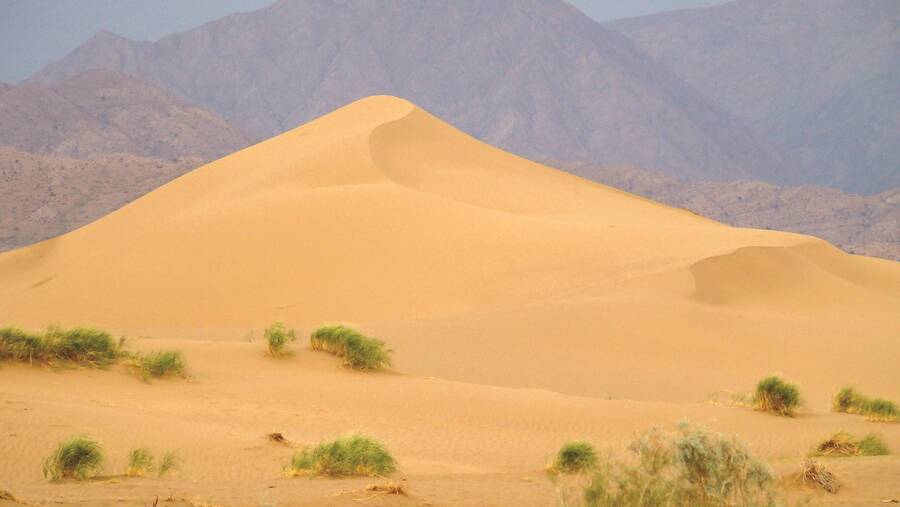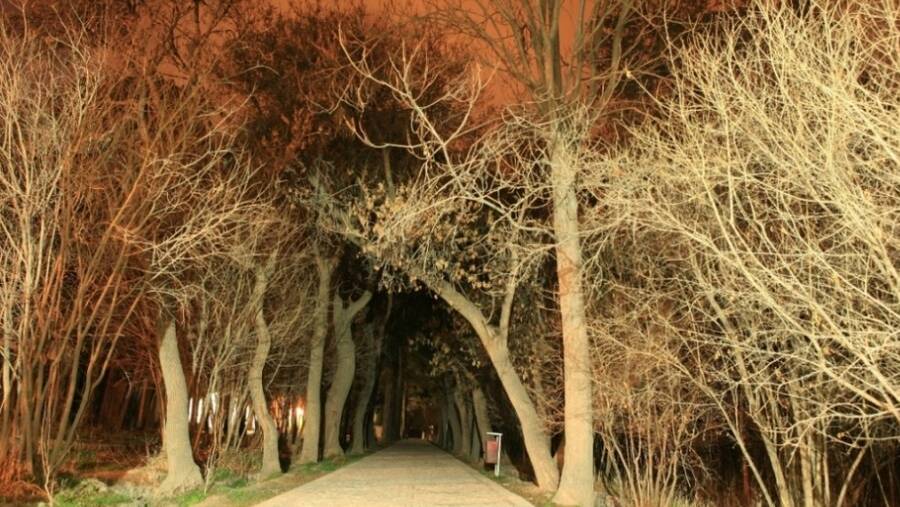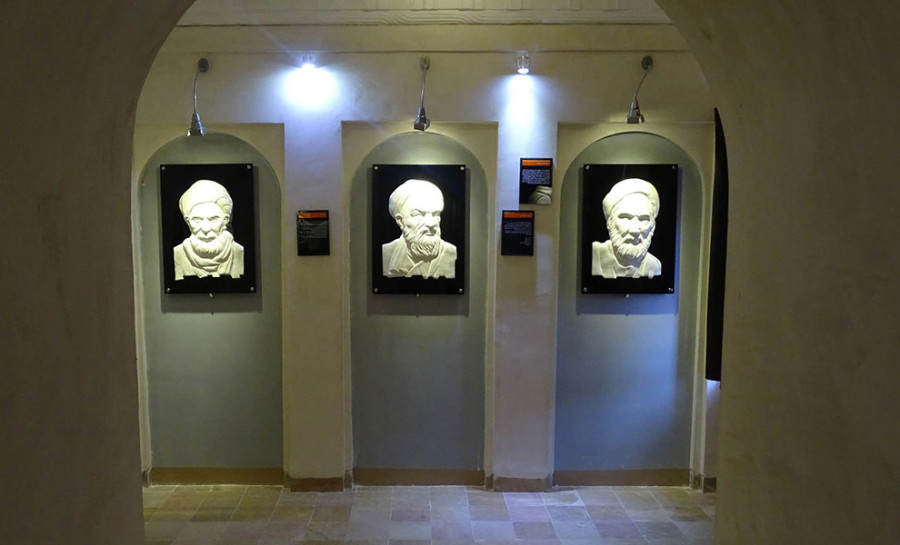Sarayan, Land of Ab-Anbars (Cisterns)
Sarayan is one of the counties in Southern Khorasan Province, which has approximately an area of seven thousand square kilometers. To the north of the county, there is the district of Kakhk, Gonabad, and to its northeast, it meets the district of Khezri Dasht Beyaz, Qaen. The city of Qaen is located in the east of the county, and Khoosf District, Birjand, is in the south of it. Sarayan county also borders with Ferdows to its west. The geographic coordinates of Sarayan are 58° 31' longitude and 33° 51' latitude.
Historical Background
Archaeological studies of the region indicate that the history of the settlement of prehistoric societies around Ayask district dates back to fourth and third millennia B.C. Furthermore, the historical background of Sarayan goes back to pre-Islamic times. The historic dam of Zou is remained from those periods. In the Islamic era, this region was a part of Ghohestan Province, which was captured by the Army of Islam during the early years of Arab conquest. Discussing the events of the year 31 AH, Ibn al-Athir mentioned Ahnaf bin Qais who entered Khorasan through Tabas. In the geographic sources of the early centuries of Islam, there is no mention of Sarayan. However, archaeological investigations of the region confirm the existence of hills and areas related to the Seljuk period. Considering the rise of Ismaili movement in this era and the capture of Ghohestan castles, such as Qala Sarayan Castle, one can conclude that this region enjoyed boom and prosperity during the Seljuk period, in the fifth and sixth centuries AH. It should be noted that the hills of the Sarayan county related to Seljuk period are among the most prominent and unique monuments of Southern Khorasan. In the archaeological investigations of Sarayan county, conducted by the Cultural Heritage, Handicrafts and Tourism Organization of Southern Khorasan, 54 historical attractions have been identified including buildings, enclosures, caves, historic hills, and old trees. The age of these historical works is in a range from pre-Islamic eras to Qajar period.
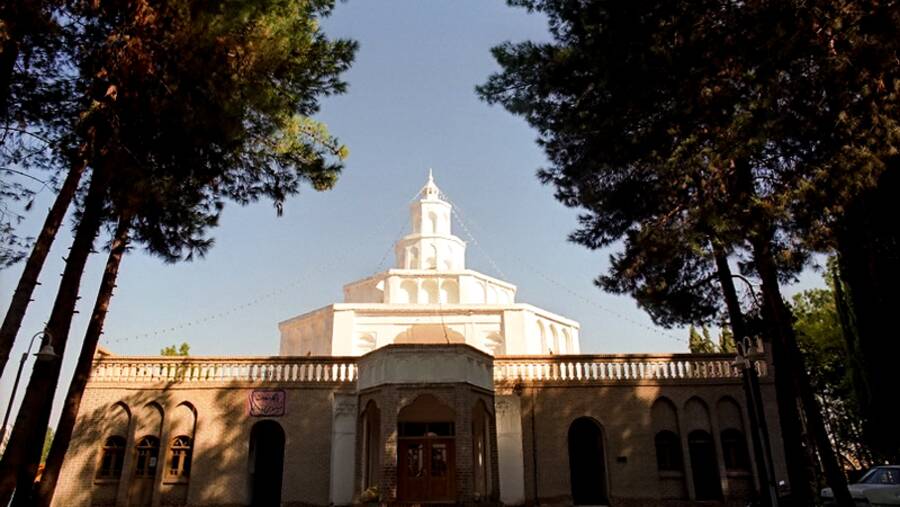
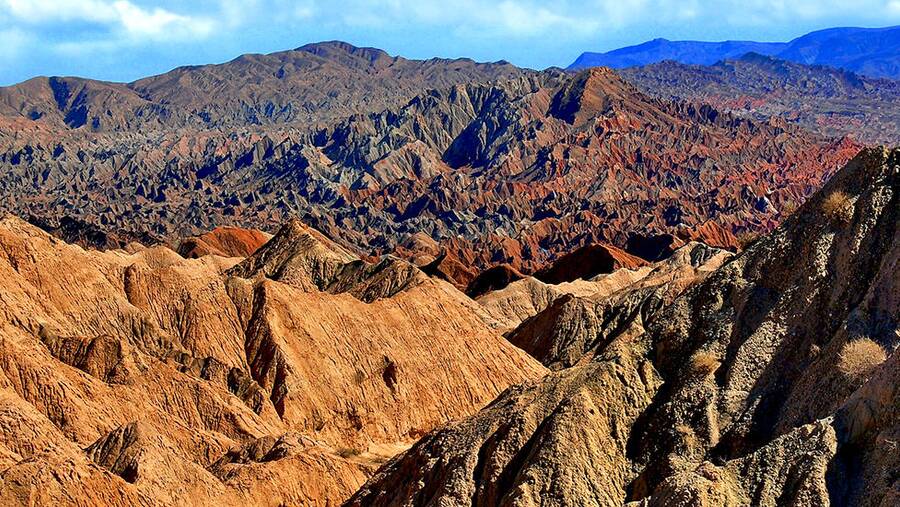
.jpg)
